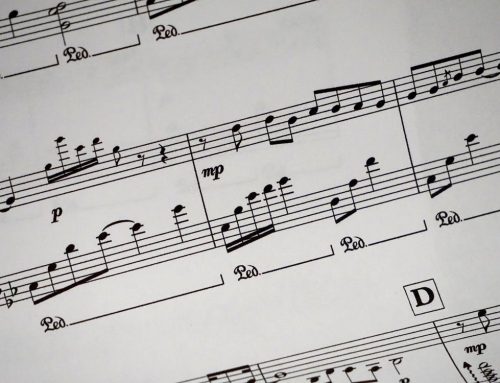Vocal quality can truly enrich the sound of music. Just think of Celine Dion’s iconic belting in My Heart Will Go On. What about Cardi B’s hard hitting verses in Bodak Yellow? Crisp vocal delivery, especially within the pop and hip hop genre, can shape the final version of a song.
But it’s a whole different ball game when your music is home produced. Studios have all the fancy equipment and professional expertise to work on individual notation and reshape the aspects of a voice sound. Doing the same at home is a bit of a hassle—but it’s not impossible.
Here are some tips to home produce your vocals and still sound great.
1. Work on the vocals separately
If you’re working on your laptop, open and record a completely new session for your singing. This excludes any backing vocals too. Once you’ve recorded your lead vocal, try layering it with one, two or even three different octave sounds. Now you can begin adjusting the pitch, frequency and volume to suit it for different parts of the song. Use simple music editing software to make all required changes quickly.
2. Use different microphones
Using one microphone is practical but if you want to sound different then you’ve got to try something different.
More importantly, the layering technique will not be effective if you use one microphone because it’s all going to sound the same.
Remember: you want your hooks and choruses to be impactful! There are numerous microphones available in the market but a good rule of thumb is to pick each one with different frequencies. A variety in frequency will help you achieve the coveted wide-affect in your singing.
3. Boost the top end vocals
Most professionally done vocal mixes feature an 8 kHz treble voice that has become standard in making home produced vocals sound like they were recorded in the studio. But it’s easy to get carried away with it. Experiment within the 6 kHz and 10 kHz range and see which frequency works best for your song.
4. Use the De-ess and De-breathe options on your software
Ever gotten distracted by the sound of plosives when listening to an audio-book? This phenomenon also occurs when you’re singing on a microphone and it’s called sibilance. Get rid of the harsh ‘S’ and ‘Sh’ sounds from your vocals and limit the effect of your breathing too. A record produced in the studio sounds seamless mainly because such nuances are erased from the final product.
We suggest you use good music production software that comes with a range of options for editing your vocals. Try a free demo of Music Jotter today!






